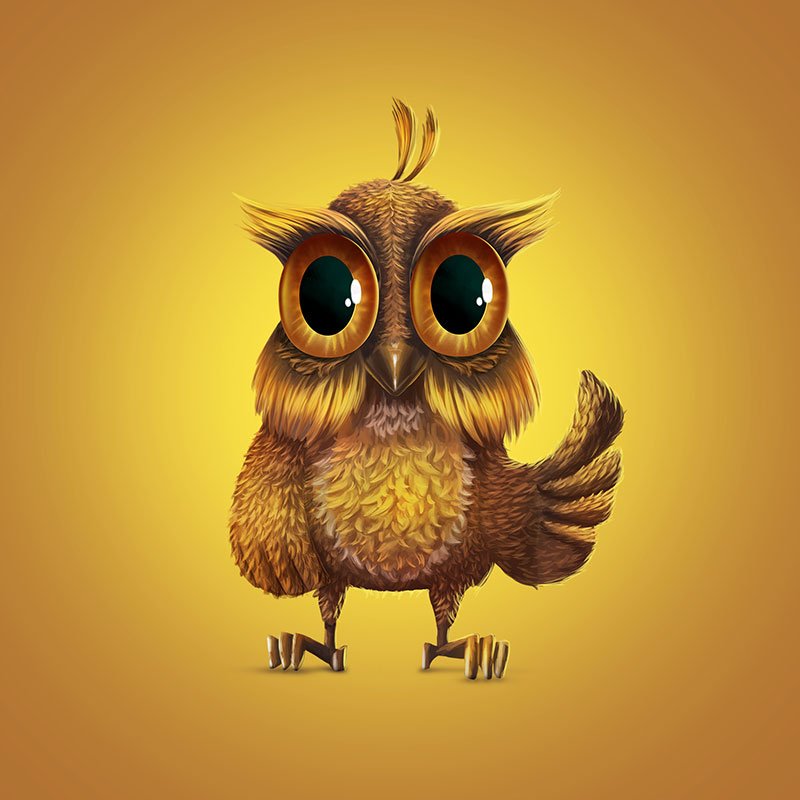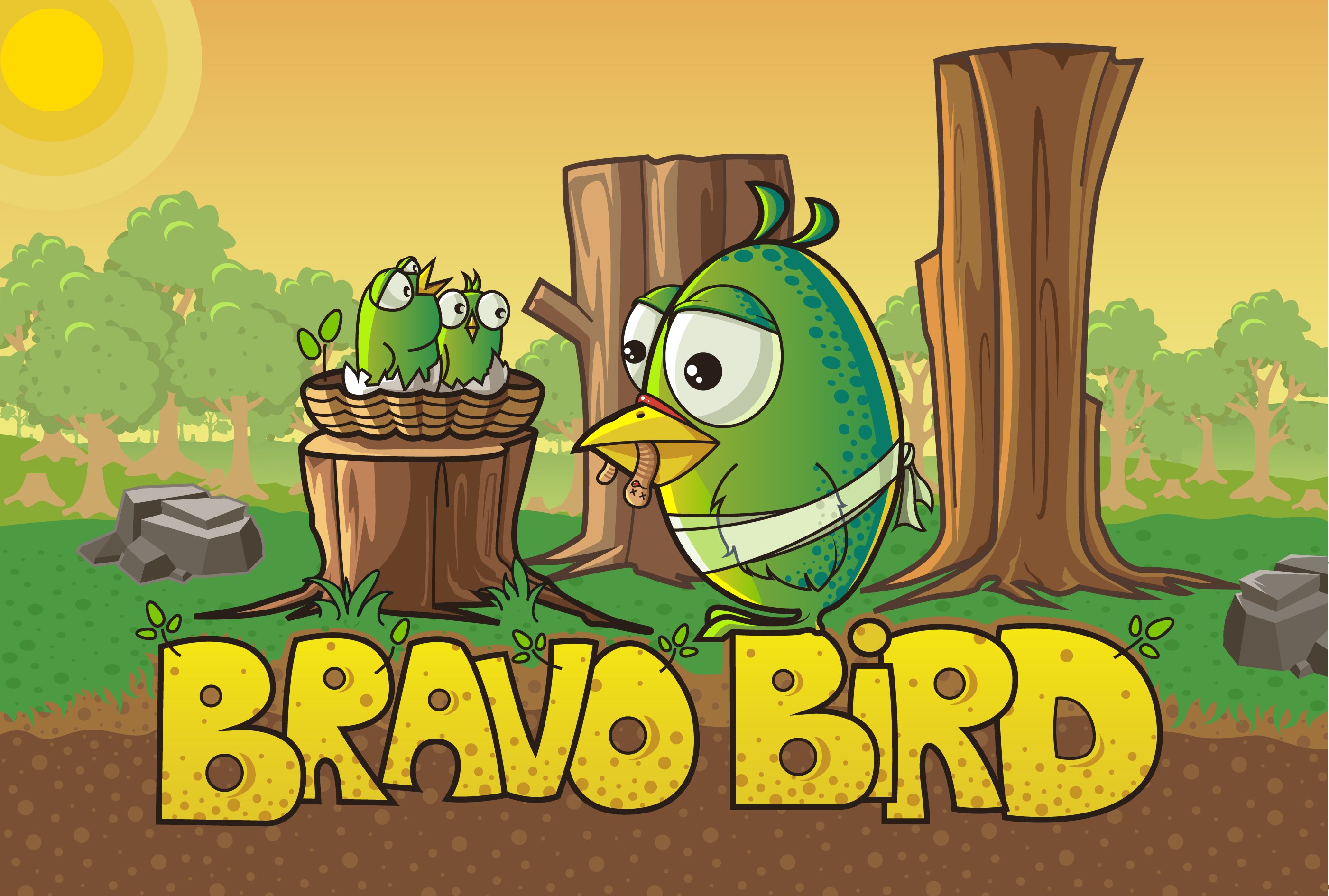Illustrated children’s books have the power to transport young readers to new worlds, spark their imaginations, and instill a love of reading that can last a lifetime. These books often feature colorful and imaginative illustrations that capture the attention of young readers and enhance the storytelling experience. In this article, we will explore the beauty of illustrated children’s books, and discuss some examples of particularly striking and inspiring examples of this type of literature.
One of the most important elements of an illustrated children’s book is the illustrations themselves. These illustrations often take the form of detailed and vibrant watercolor paintings, pen and ink drawings, or digital illustrations. They serve to bring the story to life, adding depth and meaning to the text, and encouraging young readers to engage with the story on a deeper level. For example, the illustrations of Elsa Beskow in her books like “Pelle’s New Suit” and “Peter in Blueberry Land” often depict charming and whimsical imagery that draws the reader in and brings the story to life.
Another important aspect of illustrated children’s books is the use of color. In many cases, the illustrations in these books are richly hued and full of vibrant, eye-catching colors. This can help to create a sense of magic and wonder for young readers, and can also serve to emphasize different moods and themes in the story. For example, the illustrations in the book “Where the Wild Things Are” by Maurice Sendak features dark, dramatic colors that add to the sense of danger and adventure in the story.
In addition to the illustrations and color, the design of illustrated children’s books also plays a crucial role in creating a memorable and immersive experience for young readers. Many of these books feature bold, clean layouts and typography, which helps to make the text easy to read and understand. This, in turn, allows children to focus on the illustrations and the story itself, rather than being distracted by cluttered or confusing layouts. An example of such book would be “The Very Hungry Caterpillar” by Eric Carle, which use of die-cut pages to literally illustrate the process of the caterpillar eating its way through the book.
Finally, illustrated children’s books also have the power to inspire and educate young readers. Many of these books tackle important social, emotional, and environmental themes, such as kindness, perseverance, and conservation. For example, the book “The Giving Tree” by Shel Silverstein illustrates a powerful message about the nature of giving and selflessness, while the book “The Lorax” by Dr. Seuss highlights the importance of environmental conservation.
In conclusion, illustrated children’s books are a treasure trove of beauty and wonder, offering young readers the chance to explore new worlds, spark their imaginations, and develop a love of reading. From the illustrations, color, design and the message, these books are a powerful tool for education, inspiration and growth. The best illustrated children’s books are those that are able to delight both the eye and the mind, captivating young readers and leaving a lasting impression.









